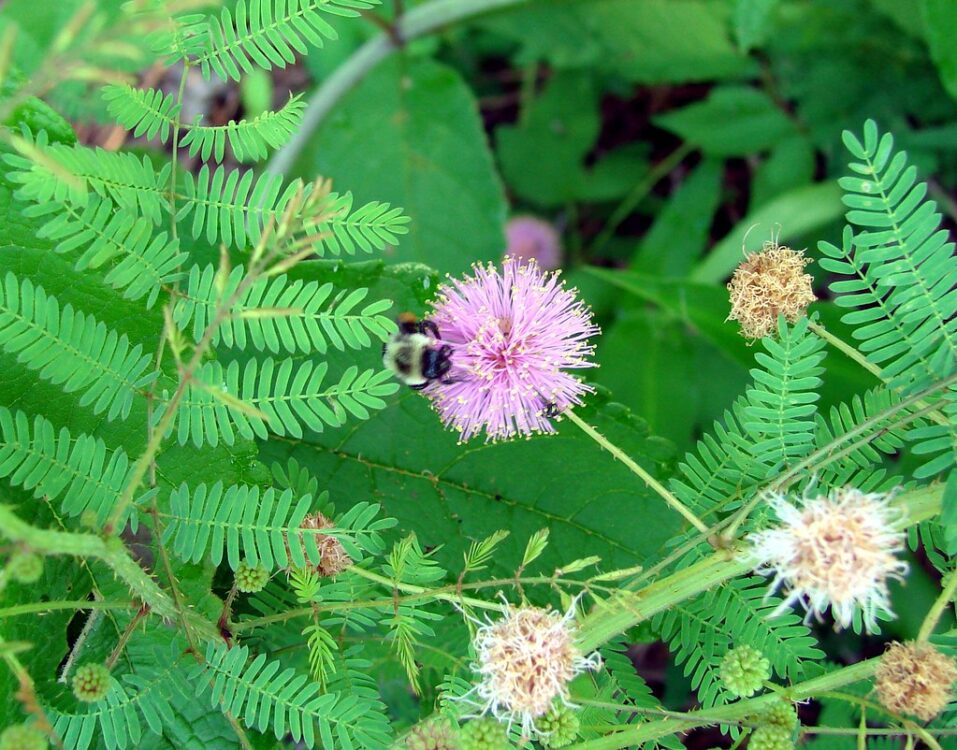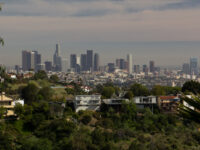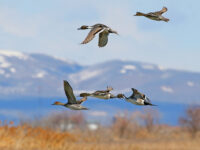As spring comes around, the Boston Public Garden boasts eye-catching colors of roses, tulips, and daffodils. Some of these plants, however, are not native or have been manipulated by humans for centuries to achieve their distinctive traits.
These plants are cultivars. Cultivars are variants of wild plants, meaning they are not naturally occurring and require human intervention in order to exist. One way of producing cultivars is by using selective breeding — artificially choosing desirable traits in the plant species — and rapidly reproducing them through asexual reproduction, or cloning. Another way is cross-breeding two plant species, also known as hybridization, then cloning them. Cultivars are so abundant that wild plants seem to be rare.
Take the rose for example. Unlike modern roses, wild roses tend to be smaller with a single layer of five petals and light pink colors. Originating in China, they were cultivated after the Han Dynasty 1,500 years ago based on ancient paintings and artworks.
From then on, roses were further cultivated and spread to Europe and the Middle East, ultimately making their way across the globe. Today, there are tens of thousands of varieties of roses including hybrids. The terms “North American wild roses” or “native roses” refer to naturalized varieties, meaning they have the ability to grow and reproduce new generations without human aid, even though they are not native to the area.
While these cultivars attract humans, they do very little to attract pollinators and other insect species. A University of Melbourne urban greenspace study found that indigenous and native plants support native insect communities better than nonnative plants. Within the study, indigenous plants produced the highest species richness to plant ratio because they promoted more biodiversity.
Combining the terms “native” and “cultivar,” nativars are cultivated varieties of wild native plants. Studies from botanical gardens have looked at pollinator preference of different traits in nativars. Nativar shrubs with purple or multicolored leaves are not as attractive to caterpillars as native shrubs with green leaves. In other observational studies, researchers found that accessibility of the pollen is predicated on the shape of the flower and can deter or allure pollinators. For example, bees love open bowl-shaped flowers, like daisies, because they can quickly and easily collect nectar and pollen versus the tightly packed ruffling petals of double flowers.
Many urban greenspaces and street plantings do not support native insect populations nor reflect indigenous plant species.
Many urban green spaces and street plantings do not support native insect populations nor reflect indigenous plant species. Instead, there is overuse of exotic plants. For example, trees in Boston Public Garden are composed of 25 exotic tree species, two of which are cultivars and others originating in Europe and China. There are only 15 indigenous and native tree species.
When determining the source of these urban plantings, many plant nurseries specialize in exotic plant species. Native plant nurseries are niche and harder to access. Even though there has been a recent increase in demand for native plants, the market value is not reflected in plant nurseries. Furthermore, the majority of plant nurseries use cloning as their primary plant propagation method, leading to decreases in genetic diversity.
Coupled with the overplanting of single tree species, all of this contributes to our lack of biodiversity within urban green spaces and street plantings, making our communities susceptible to disease and climate change. These results are seen with Dutch elm disease — the global spread of a fungus that killed numerous elm trees — and currently, the emerald ash borer, an invasive insect species infecting North American ash trees.
With more genetic and biodiversity in urban landscapes, this would be a different story. Biodiversity is needed to make Boston and other cities climate-resilient by adapting to ongoing climatic changes.
Biodiversity is needed to make Boston and other cities climate-resilient by adapting to ongoing climatic changes.
This is not to say, though, that we should become native purists. There are times when cultivars are better adapted to our changing environment than native plants. However, instead of cultivating plants solely for ornamental purposes, we should consider their nutritional value and ability to support insect populations, which will improve urban landscaping for us and for the environment.
However, instead of cultivating plants solely for ornamental purposes, we should consider their nutritional value and ability to support insect populations, which will improve urban landscaping for us and for the environment.
Sources:
Ecological Applications (2021). DOI: 10.1002/eap.2309
Acta Horticulturae (2007). DOI: 10.17660/ActaHortic.2007.751.44
Image courtesy of Flickr





